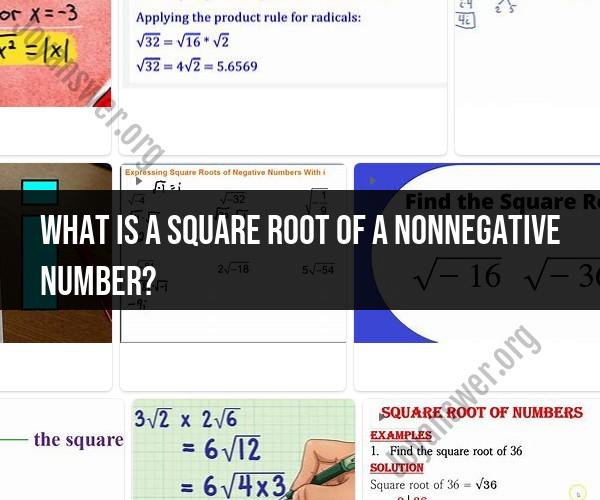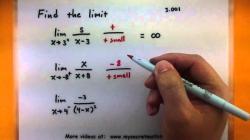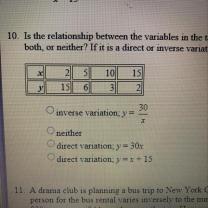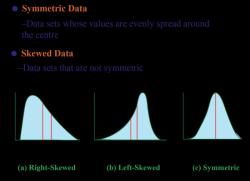What is a square root of a nonnegative number?
The square root of a nonnegative number is a value that, when multiplied by itself, equals the original nonnegative number. In mathematical notation, if "x" is a nonnegative number, then the square root of "x" is denoted as √x or √(x), and it's a value "y" such that:
y * y = x
Here are a few key points about square roots:
Nonnegative Numbers: Square roots are typically defined for nonnegative numbers, including zero. In other words, you can find the square root of a positive number, zero, or a number greater than or equal to zero.
Radical Notation: The radical symbol (√) is used to represent the square root. For example, √4 represents the square root of 4, which is 2.
Positive and Negative Roots: When calculating square roots, there are usually two solutions: a positive square root and a negative square root. For example, √4 is 2, but -√4 is also -2 because (-2) * (-2) = 4.
Principal Square Root: In many contexts, especially when dealing with real numbers, the term "square root" often refers to the principal square root, which is the positive square root. For nonnegative real numbers, this is the value you typically work with.
Complex Numbers: In the realm of complex numbers, square roots can also be calculated for negative real numbers and are represented as complex numbers. For example, the square root of -1 is denoted as √(-1) = i, where "i" represents the imaginary unit.
Decimal Approximations: Square roots of nonnegative numbers that are not perfect squares (i.e., numbers whose square roots are not integers) often result in decimal approximations, which can be calculated using calculators or computer software.
For example:
- The square root of 9 is 3 because 3 * 3 = 9.
- The square root of 16 is both 4 and -4 because 4 * 4 = 16 and (-4) * (-4) = 16.
- The square root of 2 is approximately 1.41421, as it's an irrational number with a non-repeating, non-terminating decimal representation.
Square roots are fundamental in mathematics and find applications in various fields, including geometry, algebra, calculus, and physics. They are essential for solving equations, determining distances, and understanding the relationship between the sides of a right triangle in geometry, among many other mathematical and scientific concepts.













